30 projects across 30 years
Since 1994, we’ve invested £8.6bn raised by National Lottery players in more than 47,000 projects across the UK.
From historic buildings, our industrial legacy and the natural environment, to collections, traditions, stories and more – we’ve funded projects small and large which stretch from the Isles of Scilly to the Orkney Islands.
In this milestone year we’ve selected some of our favourites: projects that represent the breadth of heritage and the huge diversity of things from the past that you value and want to pass on to future generations.
Over the next 30 days, leading up to our 30th birthday on 19 November, we’ll be sharing one project per day for each of our 30 years, here and on our social channels.
2024
Restore and Reuse Keelmen's Hospital as Affordable Housing
Newcastle upon Tyne, England
Grant amount: £437,732
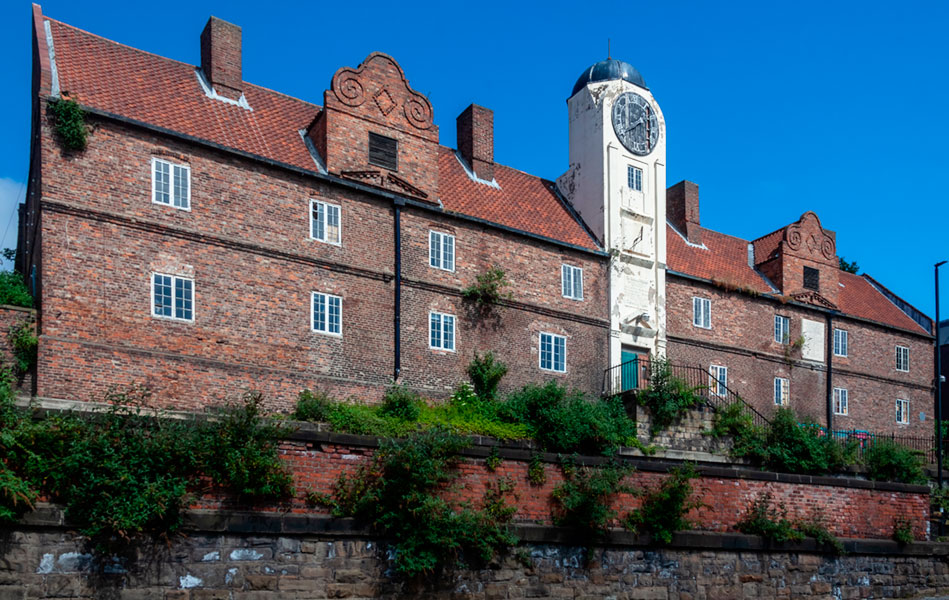
Keelmen's Hospital was originally built as alms houses in 1701, but it's been vacant now for 15 years and is on the Heritage at Risk register. This project – which we've recently supported with a development round grant – will explore how the building can be brought back into long term use by converting it into affordable housing, which is in great demand in the city. The aim is to restore the existing shell of the building and convert the interior into 20 1- and 2-bedroom rental flats.
2023
Divis and Black Mountain – A View to the Future
Belfast, Northern Ireland
Grant amount: £3,357,300
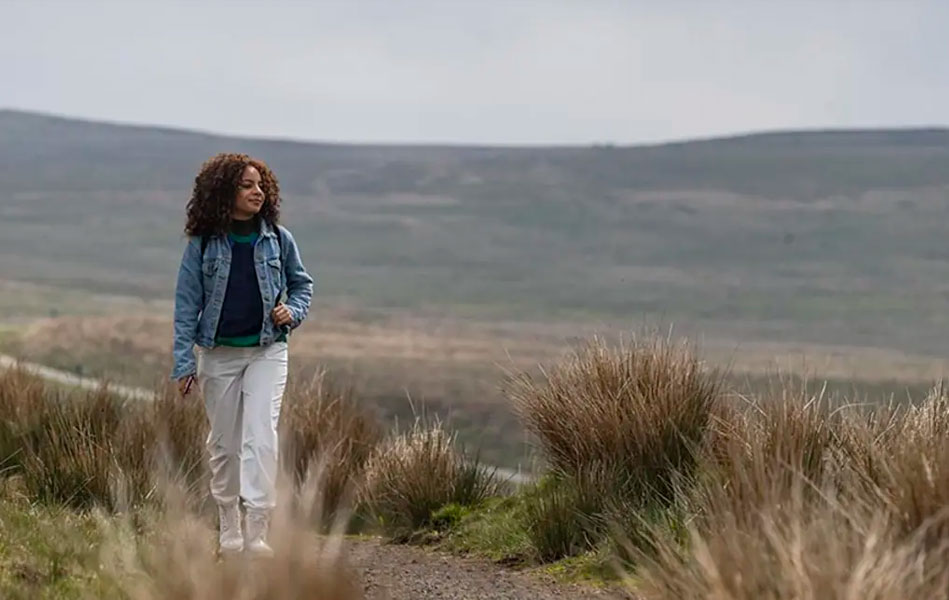
It's the largest urban green space in Belfast, an iconic part of the city's skyline, but the local community is largely cut off from this nature on their doorstep. Our funding is not only supporting the landscape's natural heritage – restoring blanket bog to reduce carbon loss and improve water quality – but improving accessibility through the creation of new walking routes and interpretation signposting new benches at viewpoints. The project will also transform disused and derelict buildings into a new cafe and visitor hub and expand the use of an existing barn to include exhibition space and staff accommodation.
2022
Doctor Who 60th anniversary heritage project
Manchester, England
Grant amount: £54,765

This project worked with school children to explore the work of innovative electronic musician, Delia Derbyshire (1937–2001). While working at the BBC in the 1960s, Delia created the arrangement for the Doctor Who theme tune. Intergenerational oral histories remembering her work and influence were collected and her legacy shared through public events. The school children also took part in 'wobbulator' workshops to create sounds inspired by Delia's work.
2021
UEFA Women's EURO 2022 - Women's Football Heritage (South)
Milton Keynes, England
Grant amount: £250,000

To coincide with England's hosting of the UEFA Women's EUROs, and 141 years since the women's England team first played competitively, this project partnered with Rotherham Council and the Football Association (FA) to tell the stories of the country's female pioneers of the game.
It researched and recorded information about every England player, captain, goal scorer and match score since 1972, on par with information that already exists for the men's game. The information, hosted on the FA's England Football website, will continue to be updated with future women players' details.
2020
Curating for Change: D/deaf and Disabled People Leading within Museums
Folkestone and Hythe, England
Grant amount: £1,067,300
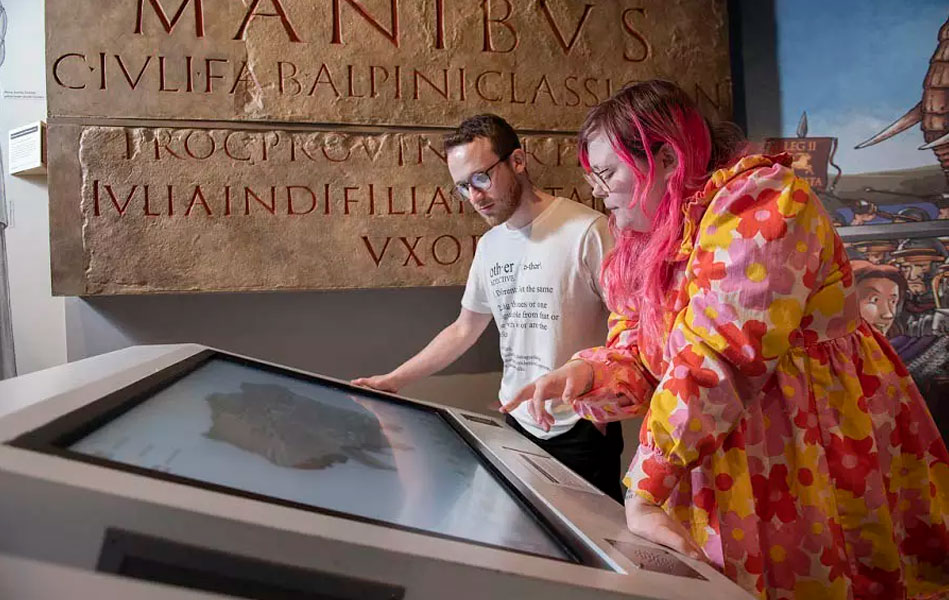
D/deaf, disabled and neurodivergent people are under-served in the museum sector. This project broke down barriers to curatorial roles by creating a more equitable recruitment processes. It worked with 20 host museums to recruit trainees and fellows using a flexible approach that included the ability to apply using film or audio rather than the traditional written application and sending interview questions to candidates in advance. As a result of the project, many of the participating museums implemented some of the new approaches in their standard recruitment practices.
2019
Windrush Cymru - Our Voices, Our Stories, Our History
Cardiff, Wales
Grant amount: £72,200

Responding to a call from elders who wanted to ensure their legacy was captured for posterity, this project set out to preserve the little-known history of the Windrush Generation who contributed to Welsh society. It collected materials and recorded memories related to those who arrived between 1948 and 1988: where they came from, their stories of migration and their experiences of forging a new life in Wales. It resulted in a touring exhibition, publication and teaching materials, and everything collected has been deposited with St Fagans National Museum of Wales.
2018
Taylor's: Saving the last bellfoundry in Britain
Charnwood, England
Grant amount: £4,003,992
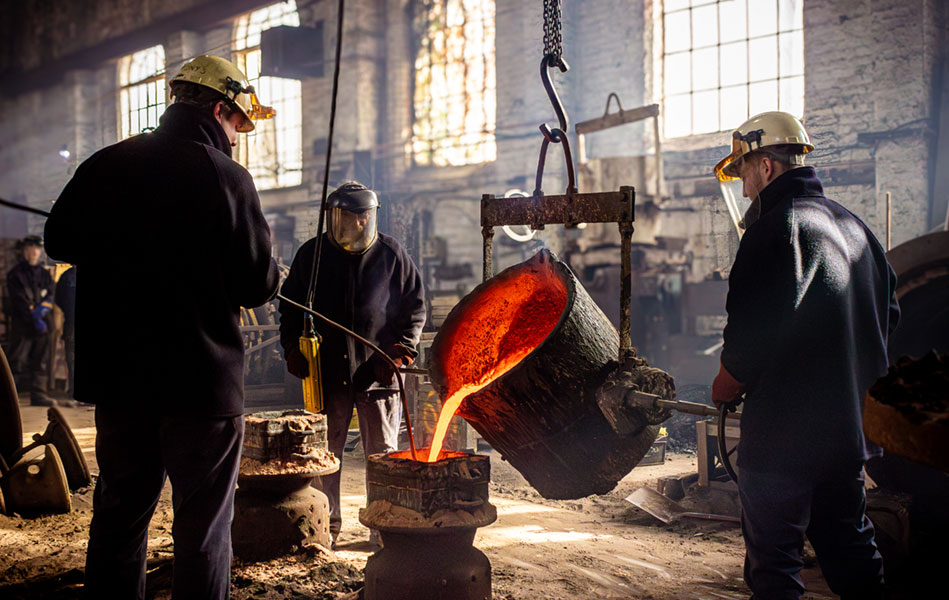
Our grant helped Loughborough Bellfoundry Trust restore and improve the site – which has been operating since 1859 and cast more than 25,000 bells – ensuring its legacy can continue. The project recruited and trained an apprentice to carry on the centuries-old craft of casting and repairing bells, and redeveloped the site's museum, including an accessible multi-function activity room and a reconfiguration of the archive. Over 50 volunteers took part, from recording oral histories, to developing tours and managing exhibitions.
2017
Reimagine, Remake, Replay
Derry City and Strabane, Northern Ireland
Grant amount: £949,600
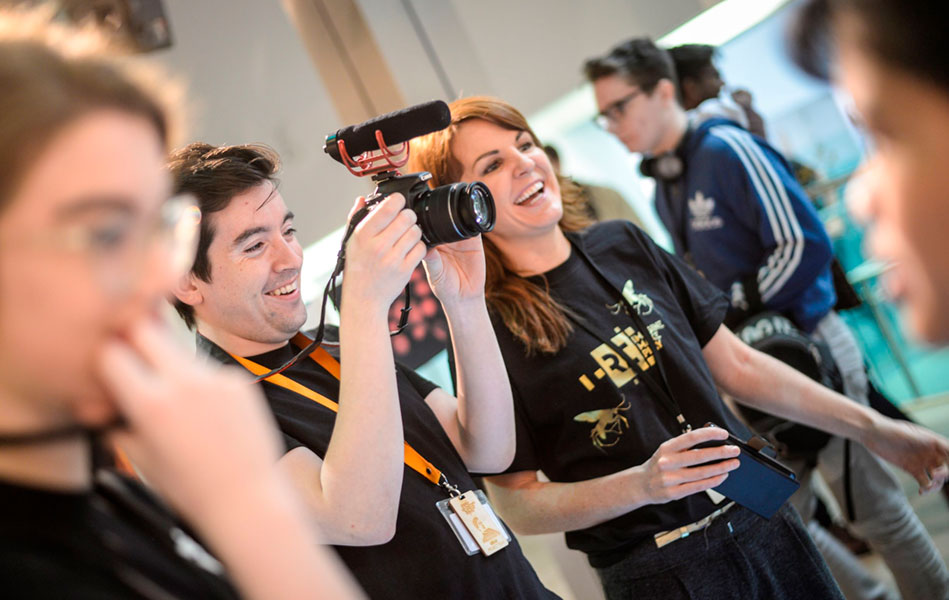
Part of our Kick the Dust programme, the project engaged young people aged 16–24 with museums across Northern Ireland using creative and digital approaches. Through a variety of clubs and courses, it gave young people the opportunity to have their voice heard on issues that were important and relevant to them and their peers, and exhibit their own work made in response to items in the museums' collections.
2016
Home of Metal: The relationship between the fans, Black Sabbath and Heavy Metal
Birmingham, England
Grant amount: £88,300
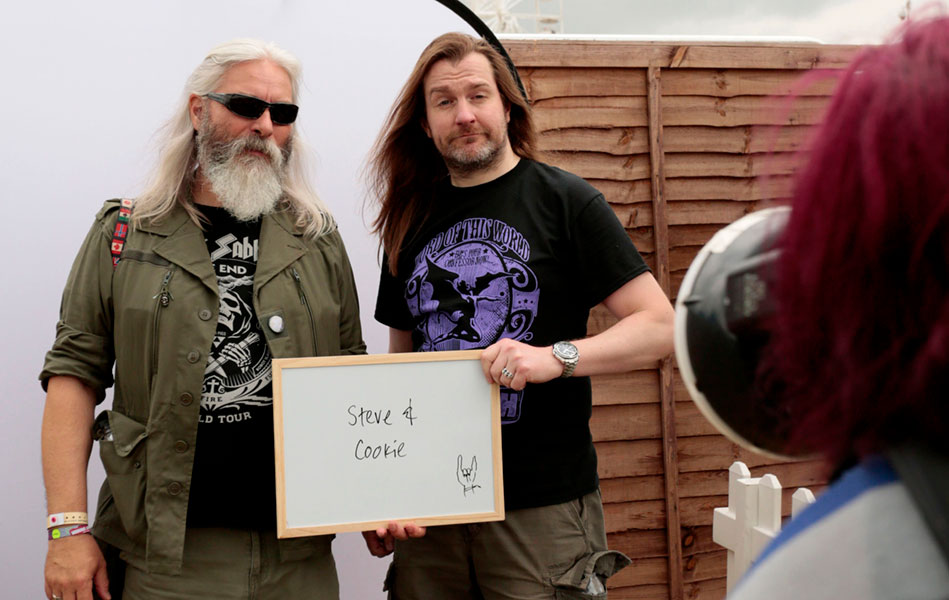
Black Sabbath are widely considered the founders of heavy metal, but it's the fans that helped establish the genre. This project set out to capture social history by exploring relationships between fans and the band, and the influence of the industrial landscape of Birmingham and the Black Country. Our funding supported it to capture stories and fan portraits, with a focus on the band's final world tour in 2016–2017.
2015
Lest We Forget
Glasgow, Scotland
Grant amount: £99,300
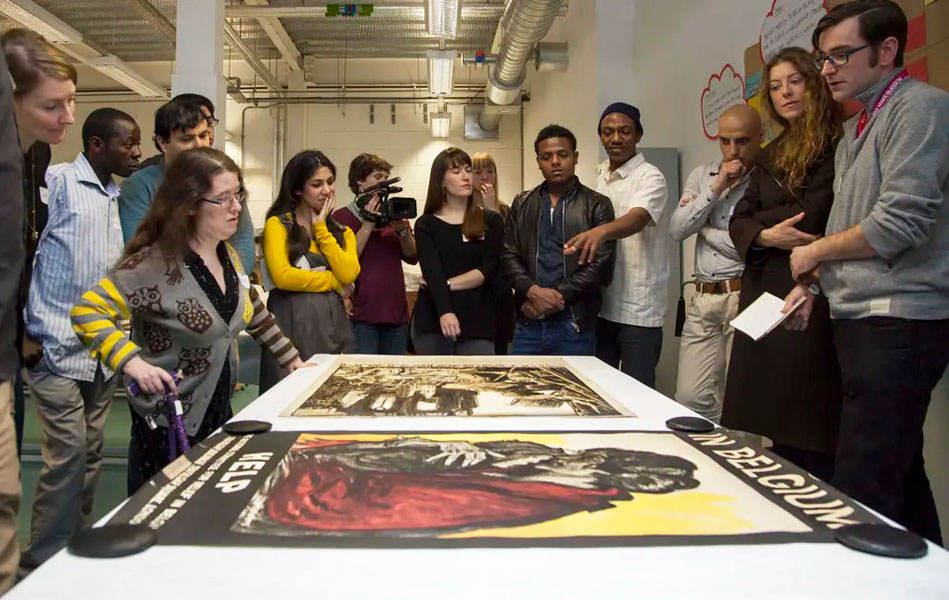
This project worked with refugees and asylum seekers in Glasgow to explore the experiences of Belgian refugees in Scotland during the First World War. As well as recovering the histories of the 19,000 new arrivals who came to the nation 100 years ago, they recorded their own experiences of integration and finding acceptance as 'new Scots'.
The new research and a film about the project were shared through public events and an art exhibition, with the information now available for future exploration by the public.
2014
Scapa Flow Visitor Centre and Museum Restoration and Improvements
Lyness, Orkney Islands, Scotland
Grant amount: £1,159,000

Scapa Flow, in Orkney, is one of the world's largest natural harbours, and was used as a Royal Naval base during the First and Second World Wars. The Visitor Centre and Museum, created in 1990, tells the story of the thousands of service personnel who were stationed there over the years and the operations which took place in the area.
Our funding helped support the development of a new building to house displays, a shop and cafe and accessible visitor facilities. The museum cares for a collection of rare military equipment, including artefacts from the German fleet deliberately sunk there in 1919.
2013
National Disability Arts Collection and Archive (NDACA)
Camden, London, England
Grant amount: £953,200
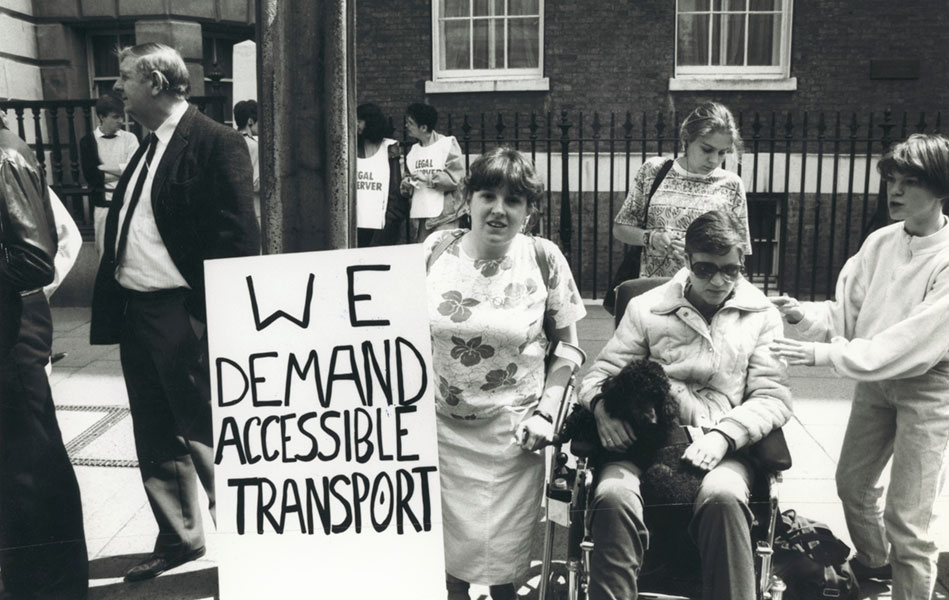
The NDACA brings together the history of the UK Disability Arts Movement, begun in the late 1970s, which broke down barriers for disabled people and documented the struggle through art and culture.
Our grant enabled the collection, cataloguing, conservation and digitisation of thousands of images and artefacts that tell the story of the movement. Disabled volunteers were recruited to take part in the project, including capturing oral histories from the key protagonists. Highlights from the archive were shared through exhibitions and events across the UK and a website was created to house the digital archive and learning resources.
2012
The Coracle Project
Swansea, Wales
Grant amount: £31,700
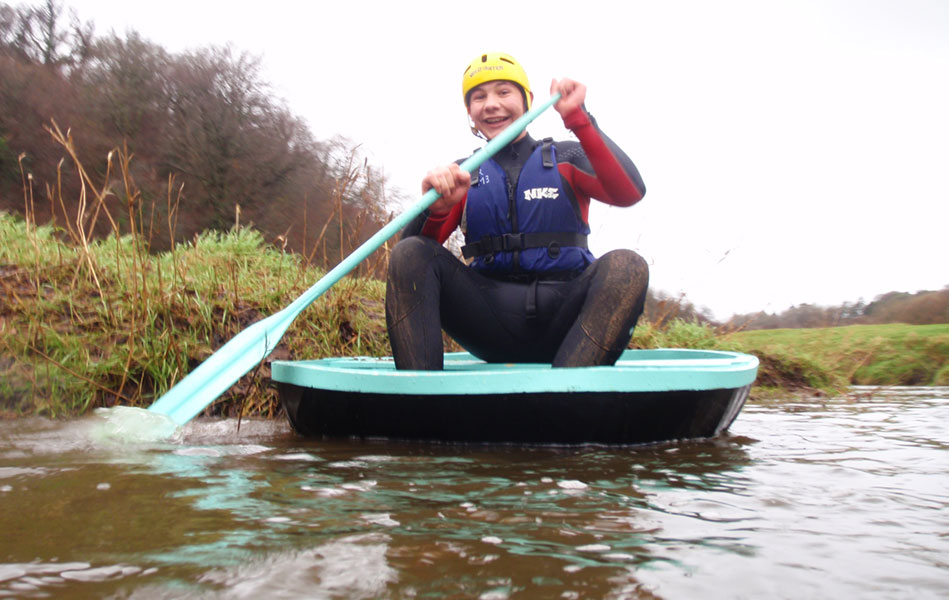
A coracle, or 'cwrwgl' in Welsh, is a small one-person boat made of woven wood and a waterproof covering. They date back to pre-Roman times and are still used today in some parts of Wales, most commonly for fishing.
This project worked with disadvantaged young people to teach them about the history of coracles alongside hands-on workshops to build the traditional boats. The young people were also taught filmmaking skills to document what they learned and achieved through the project.
2011
Blyth's Ship Building Heritage
Blyth, Northumberland, England
Grant amount: £155,800
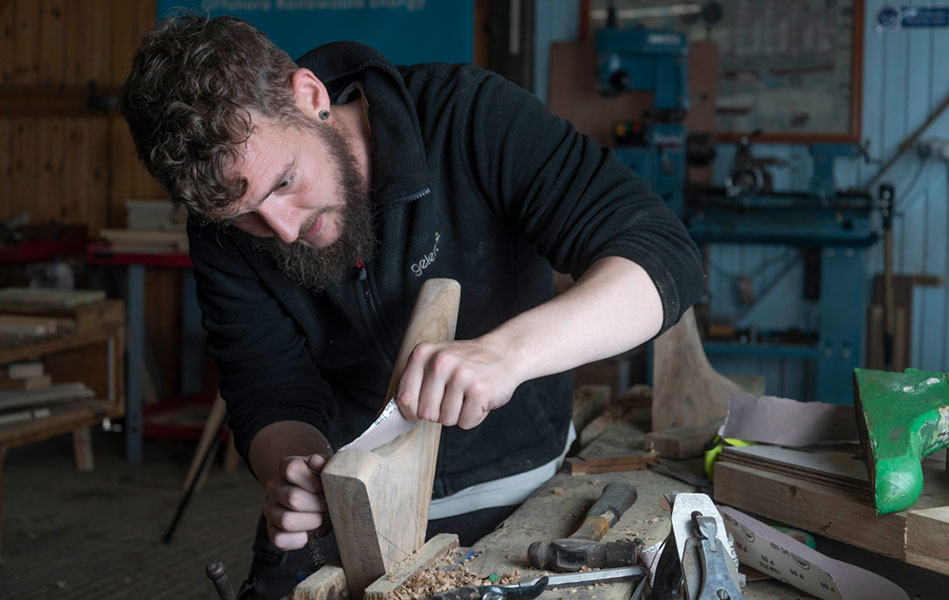
Once a major shipbuilding area and port, more recently, Blyth has experienced high levels of unemployment. This project targeted 16–30-year-olds and gave them the opportunity to earn entry-level vocational qualifications in engineering operations through traditional boatbuilding.
In just four years, Blyth Tall Ship grew from a germ of an idea and a patch of derelict quayside land, into an inspiring start-up business. Of the 72 people who took part in the first 8-week training course, 40% went on to further education and 30% found jobs.
In 2022 the project's founder, Clive Grey, won a National Lottery Award for his life-changing work.
2010
Restoration and Interpretation of Ynysangharad Park Lido
Pontypridd, Rhondda Cynon Taf, Wales
Grant amount: £2,375,000
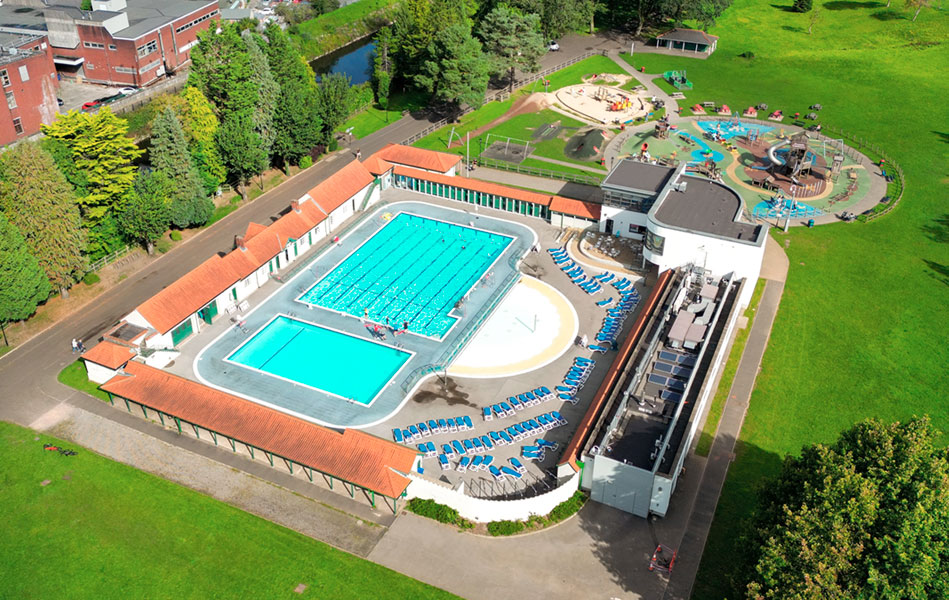
Built in 1927 with help from the Miners Welfare Fund, the lido welcomed up to 1,000 people at a time in its heyday. During the post-war years it remained a popular attraction, but by the early 1980s, it fell into decline and eventually closed in 1991.
Our funding helped save the Grade II listed complex, restoring the lido to public use and providing modern facilities for visitors. The project also included an ambitious programme of learning, training and volunteer development to capture and share the rich social history of the swimming baths and the Ynysangharad War Memorial Park where they're located.
2009
Lincoln Castle Revealed
Lincoln, England
Grant amount: £12,227,640

Our grant formed the major part of a £22million, five-year project to renovate the castle, which was built in 1068 by William the Conqueror. As restoration work began, the project team discovered a shortage of heritage craftspeople, so it created a specialist Heritage Skills Centre, the first new building within the castle for 150 years.
A team of 24 masons repaired the castle's stonework, including the circular wall walk, which is now open to the public, offering impressive views across the city. In 2015 – the year it reopened – the castle was shortlisted for a National Lottery award.
2008
Cushendun Old Church
Cushendun, Causeway Coast and Glens, Northern Ireland
Grant amount: £19,200

In 2008 we awarded a project planning grant to the Cushendun Building Preservation Trust, which had been campaigning for the 1840-built Cushendun Old Church to become a community hub since it was deconsecrated in 2003.
That planning paid off, when it later secured a second larger grant, and realised the Trust's ambition of turning the former Church of Ireland place of worship into an arts, heritage and community space.
It's since been used for heritage events, drama productions, concerts, meetings and community activities. It also serves as an information and heritage centre where visitors can learn more about the Glens of Antrim.
2007
Rosslyn Chapel Conservation and Access Project
Roslin, Midlothian, Scotland
Grant amount: £4,500,000

Founded in 1446, the chapel's ornate stonework has intrigued and attracted visitors for generations, even more so since it was featured in Dan Brown's 2003 novel 'The Da Vinci Code'. But by the mid-1990s, the Category A listed chapel was at risk from damp and humidity issues.
Our grant supported stone and mortar repairs to external walls, pinnacles and buttresses and making the roof watertight. Inside, the stained glass windows were conserved, the organ restored and a new sustainable heating system installed. A new visitor centre was also created to cope with increased numbers.
2006
Bumblebee Conservation
Stirling, Midlothian, Scotland
Grant amount: £49,900

Bumblebee populations are in decline across the UK. This project helped raise awareness of the insect's plight and taught the public how to support them. It created a website to share useful resources, and hosted events and training in bumblebee identification and habitat management and promoted bumblebee-friendly gardening.
'Beewatch', a national bumblebee survey, generated over 5,000 records in its first year. The project also created a bumblebee reserve near Perth and Kinross to help boost their numbers.
2005
The restoration of the steam powered tug/tender Daniel Adamson
Frodsham, Cheshire West and Chester, England
Grant amount: £50,000
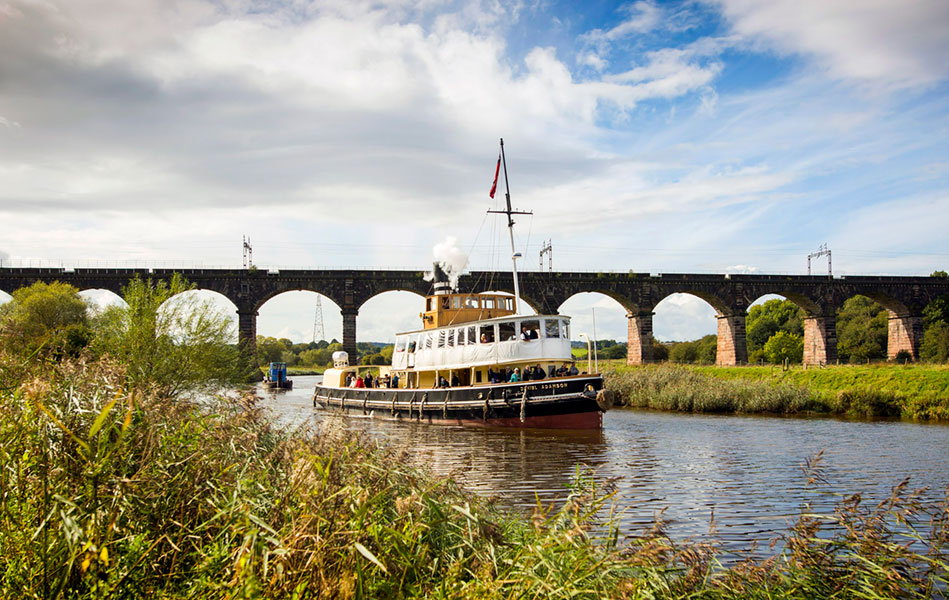
The Daniel Adamson, affectionately known as 'the Danny', was built in 1903 as a tug, serving as a navy patrol boat in the First World War. Later, as a civilian vessel, it was refitted with two Art Deco saloons and a promenade deck. It was described as a miniature version of the luxury ocean-going liners of the day.
But by the early 2000s it was at risk of being lost forever, languishing in a scrapyard. A local enthusiast bought it for £1 and our first grant in 2005 enabled restoration of the Danny to begin. A second grant in 2015 supported repairs and its return to working order, including passenger cruises.
2004
The Revitalisation of Bosworth Battlefield (Phases II and III)
Hinckley and Bosworth, England
Grant amount: £990,000
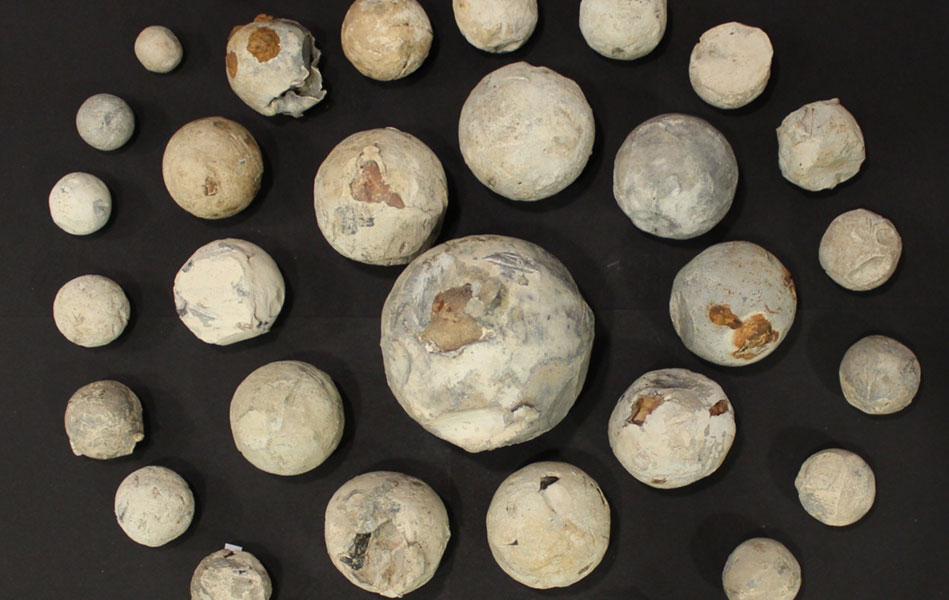
Our funding supported an investigation to locate and characterise the 1485 Bosworth battlefield where King Richard III was killed and update the Battlefield Heritage Centre's exhibition. The project brought together a team of historians, scientists, scholars, archaeologists and volunteers who carried out a metal detecting survey, analysed finds, digitally reconstructed the historic terrain and re-analysed primary sources of the battle.
In 2010 it was announced the project team had pinpointed the exact battle site: straddling the Roman road known as the Fenn Lane, a mile southwest of the previously claimed location, Ambion Hill.
2003
Heather and Hillforts / Y Grug a'r Caerau
Denbighshire, Wales
Grant amount: £50,000

This was the first phase of a project, spanning the Clwydian Range and Llantysilio Mountain, that delivered a diverse range of work, from land management and archaeology to access, interpretation and education. It not only conserved the landscape but uncovered more about the site's features and people's relationship with it through time, including evidence of use dating back to the Iron Age.
By working with farmers and landowners and involving a broad range of people across the project's five years – through guided walks, talks, training days and workshops – it created a greater sense of connection between locals and their landscape and a greater appreciation of the site's natural and historic significance.
2002
Restoration of Shibden Hall and Barn
Halifax, Calderdale, England
Grant amount: £559,500
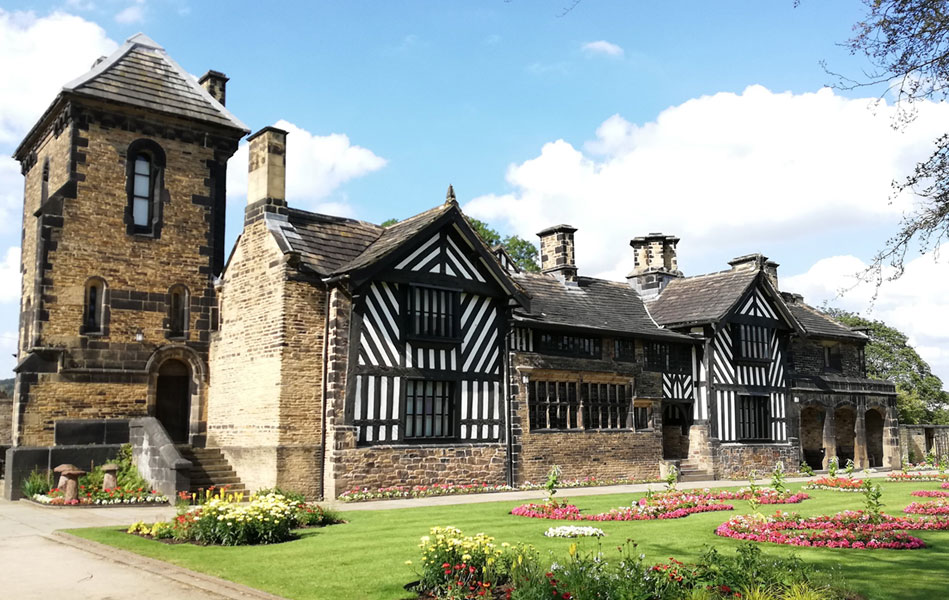
One of a number of grants we've awarded to Shibden over the years, our support contributed towards the restoration of the estate's historic structures, which operate as a museum, and the opportunity to share more of the history of the property with the public.
The estate's most famous resident was Anne Lister (1791–1840), a landowner, businesswoman, traveller and knowledge seeker who was also a prolific diarist, in which she recorded details of her lesbian relationships. The BBC's drama about Anne's life, 'Gentleman Jack', was filmed at Shibden.
2001
Moors for the Future, Peak District
High Peak, England
Grant amount: £3,136,000

This large-scale partnership project improved the biodiversity of the moorlands through re-vegetation of degraded blanket bog and the restoration of footpaths, which in turn helped reduce future disturbance to vegetation.
In addition, it focused on research, conducting baseline surveys of species including breeding birds as well as recreational use of the moors and visitor attitudes.
The project was also a great example of knowledge sharing, hosting conferences to discuss common challenges and opportunities for moorlands.
2000
Tower Curing Works Maritime Museum (aka Time and Tide Museum)
Great Yarmouth, England
Grant amount: £2,594,500
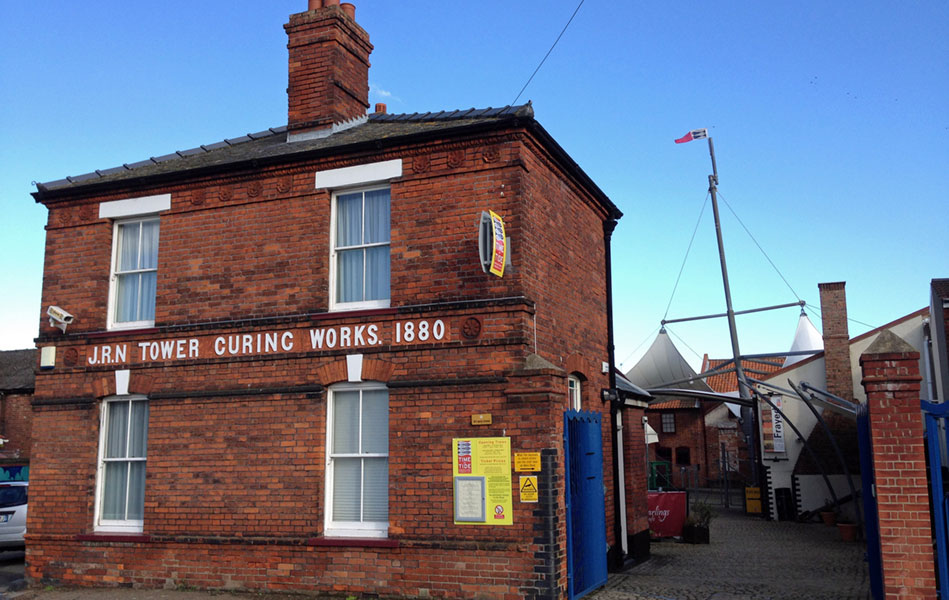
The Tower Fish Curing Works was once a bustling hub of industry in Great Yarmouth but closed its doors in 1988. Our grant helped transform the site – one of the UK's best preserved Victorian herring curing factories – into a museum which tells the story of the area's rich maritime and fishing heritage.
Since 2004 it's been known at the Time and Tide Museum and was a finalist in the 2006 European Museum of the Year competition and received the Sandford Award for excellence in education across heritage sites in 2014.
1999
Chatham Historic Dockyard Consolidated Project No 1
Chatham, Medway, England
Grant amount: £1,315,000

One of a series of eight projects that invested over £13million between 1997 and 2006 to conserve and enhance the dockyard and secure its future as a visitor attraction.
The dockyard was developed following the 16th century Reformation and worsening relations with the Catholic countries of mainland Europe. It was an important line of defence for the country for more than 400 years, and one of the Royal Navy's most important facilities, before its closure in 1984.
Around 80 acres, comprising the 18th century core of the site, is now managed by the Chatham Historic Dockyard Trust and includes historic vessels, listed buildings, a railway and museums which chart the Age of Sail and Britain’s naval history.
1998
Birkenhead Park – Restoration Plan
Birkenhead, Wirral, England
Grant amount: £26,800
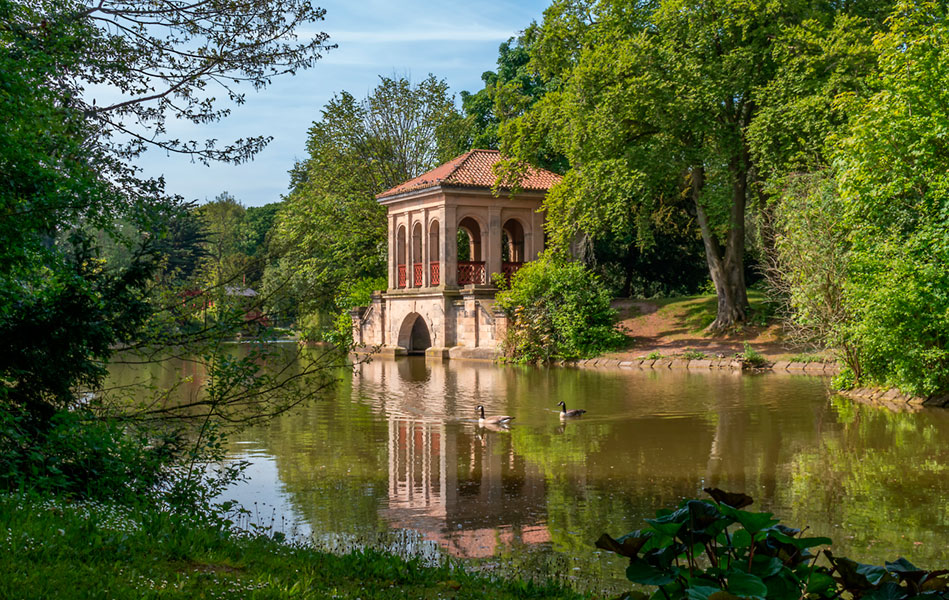
Birkenhead Park, the inspiration for New York’s Central Park, is widely recognised as the first public park in the UK. Our relationship with the park began in 1998 when we funded its initial restoration plan. Two years later it was ready to apply for a bigger grant – which was successful – to fund a major restoration. Its lakes were emptied, cleaned and restored, the cricket pavilions and bridges revived, landscaping reinstated and the grand entrance lodges renovated and opened up for community use.
1997
Acquisition of 'Whistlejacket' by George Stubbs
Westminster, London, England
Grant amount: £8,268,750

Whistlejacket is recognised as the most ambitious painting produced by 18th century artist George Stubbs. Our grant helped secure it for the nation, to be housed at the National Gallery in London.
Following the acquisition, the painting toured the country and inspired an innovative education programme which was later adopted by galleries and schools across the UK. Since being on continuous display at the gallery, it's been credited with boosting visitor numbers.
1996
Whitby Abbey Headland Project
Whitby, North Yorkshire, England
Grant amount: £317,000
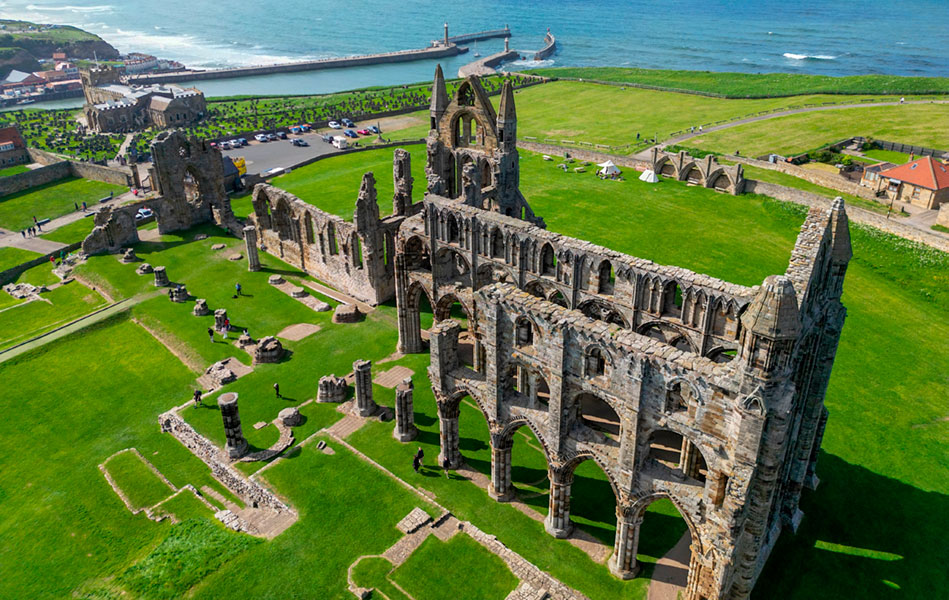
The dramatic 13th century Gothic ruins of a Benedictine church, built after the Norman conquest, dominate the North Yorkshire headland. It was the site of our recent heritage Game Changers announcement and art installation.
Over the years – starting in 1996 – we've awarded more than £3.7m to fund the restoration and protection of the natural beauty and historic character of Whitby Headland, from improvements to parking, access and interpretation, to the conservation of the standing remains of the abbey.
1995
Clevedon Pier Head
Clevedon, North Somerset, England
Grant amount: £1,195,313

One of the earliest grants we awarded following our establishment in 1994 was to support the final stages of the restoration of Clevedon Pier. Built in the 1860s using old Barlow railway lines discarded from Isambard Kingdom Brunel’s broad-gauge South Wales Railway, by the 1970s it was in urgent need of repair.
Our grant funded the reinstatement of the Pier Head decking and buildings and repairs to the concrete landing stage. The pier celebrated its grand reopening in 1998. In 2001 it was awarded Grade 1 listed status – the only intact pier in England with that honour.
Explore the above projects on a map.
Follow us on social media: X/Twitter, Facebook and Instagram.
Got an idea for your own heritage project? Find out more about what we fund.


